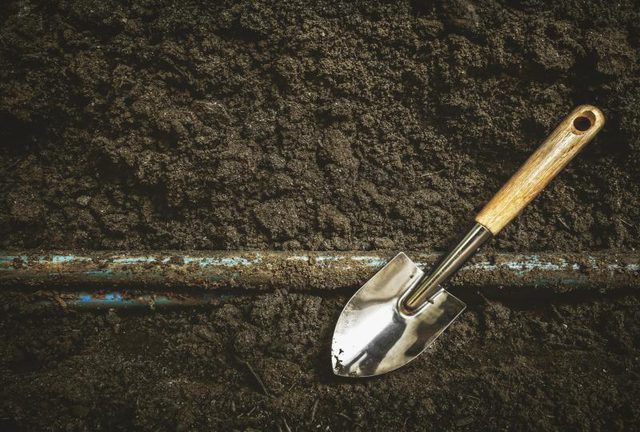Bulbs
Flower Basics
Flower Beds & Specialty Gardens
Flower Garden
Garden Furniture
Garden Gnomes
Garden Seeds
Garden Sheds
Garden Statues
Garden Tools & Supplies
Gardening Basics
Green & Organic
Groundcovers & Vines
Growing Annuals
Growing Basil
Growing Beans
Growing Berries
Growing Blueberries
Growing Cactus
Growing Corn
Growing Cotton
Growing Edibles
Growing Flowers
Growing Garlic
Growing Grapes
Growing Grass
Growing Herbs
Growing Jasmine
Growing Mint
Growing Mushrooms
Orchids
Growing Peanuts
Growing Perennials
Growing Plants
Growing Rosemary
Growing Roses
Growing Strawberries
Growing Sunflowers
Growing Thyme
Growing Tomatoes
Growing Tulips
Growing Vegetables
Herb Basics
Herb Garden
Indoor Growing
Landscaping Basics
Landscaping Patios
Landscaping Plants
Landscaping Shrubs
Landscaping Trees
Landscaping Walks & Pathways
Lawn Basics
Lawn Maintenance
Lawn Mowers
Lawn Ornaments
Lawn Planting
Lawn Tools
Outdoor Growing
Overall Landscape Planning
Pests, Weeds & Problems
Plant Basics
Rock Garden
Rose Garden
Shrubs
Soil
Specialty Gardens
Trees
Vegetable Garden
Yard Maintenance
What Is Subsoil Drainage?
What Is Subsoil Drainage?. The layer of earth below the top surface soil is called the subsoil. It lacks most of the organic elements and the rich soil flora and fauna contained in the surface soil, and is made up primarily of minerals and leached compounds. Clay accumulations can occur. Subsoils can contain moisture that could negatively interfere...

The layer of earth below the top surface soil is called the subsoil. It lacks most of the organic elements and the rich soil flora and fauna contained in the surface soil, and is made up primarily of minerals and leached compounds. Clay accumulations can occur. Subsoils can contain moisture that could negatively interfere with ground stability, structures or horticulture. Install subsoil drainage systems to conduct moisture away from a given area.
French Drains
French drains use gravel-filled trenches and clay roof tiles. The tiles are spaced apart from each other over the gravel to let water filter through from the subsoil into the gravel, which allows water flow into a collecting channel, which then carries the water away. This system was invented by the American Henry French, author of Farm Drainage, who lived from 1813 to 1885. French drains are still commonly used around homes and in landscaping situations such as behind retaining walls.
Polyethylene Fabric
Some drain systems use polyethylene or polypropylene fabric to line the trench. The fabric is permeable to moisture in just one direction, which prevents backflow into the trench and filters out silt. A common applications is for roadside trenches lined with fabric and filled with rubble. Such geotextiles can also cover perforated drainage pipes to prevent silt and other particulates from clogging the interior of the pipes.
Pipes Within Gravel or Rubble
Depending on how much of the subsoil needs water drainage, dig trenches of varying depths, fill the bottoms with gravel or rubble and install pipes within the rubble to more freely conduct moisture to an outflow. Unperforated pipes can be open-jointed or porous clay or porous concrete. Perforated pipes come in clay, concrete or unplasticized polyvinylchloride, called uPVC. The perforations are on the bottom of the pipe so the water rises into the pipe and is conducted along it.
Outflow
Pipe layouts are configured in patterns that suit the drainage needs, with common patterns being grid iron, herringbone and fan. Lateral pipes feed into a collecting pipe or main drain which conducts the subsoil water away from the site. If water is discharged onto another property or into public systems, permission or permits are required. For outflows that can cause erosion, erosion protection is required.
Installation
Subsoil drainage systems are best installed when the structure or landscaping feature is being installed. Subsoil drainage can be needed around paths or roadways, in raised garden beds, behind walls or around foundations. Subsoil drainage systems can require the expertise of a trained professional with experience in water table levels, slope of the land, subsoil analysis and local building regulations.